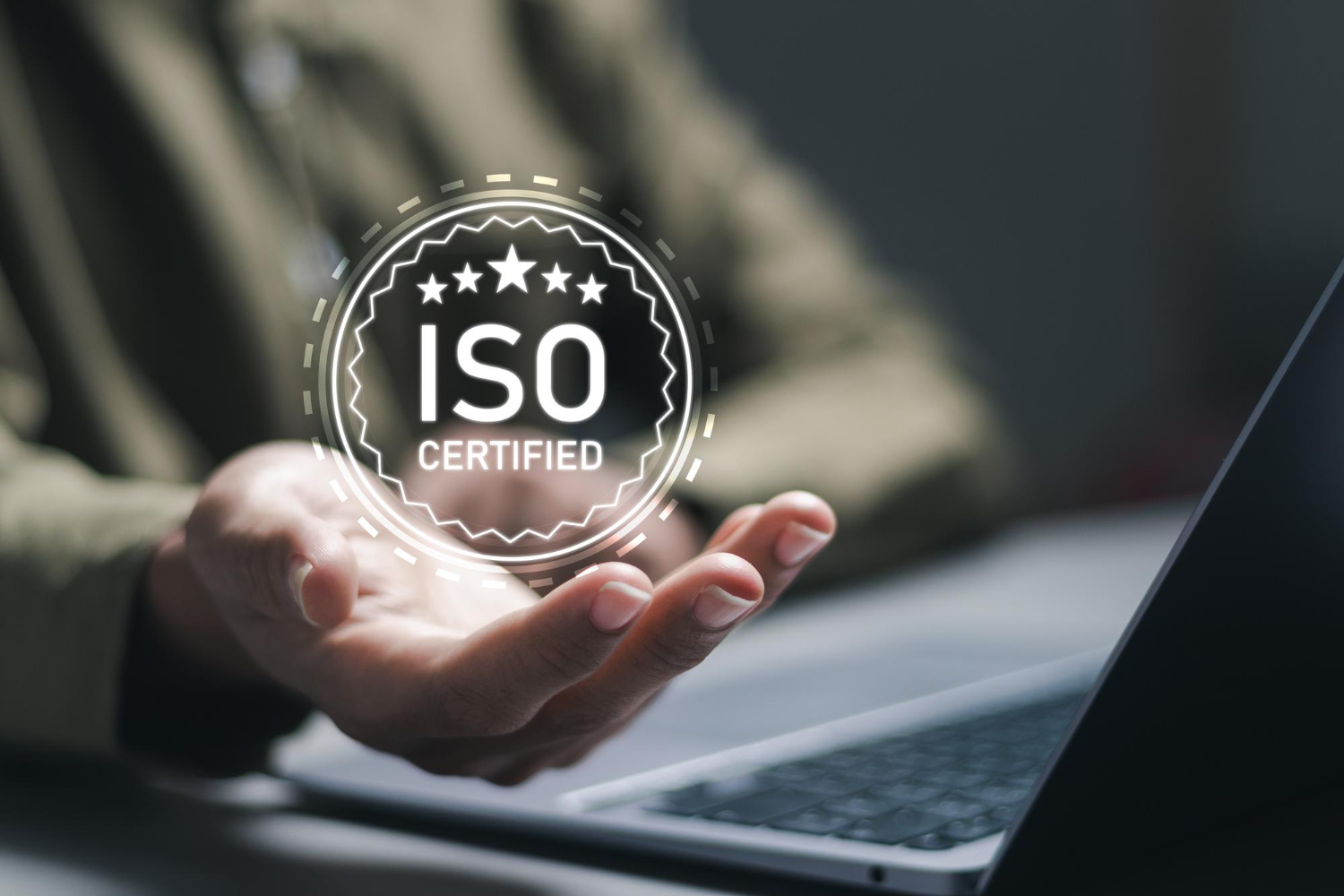
ISO 27001 certification is crucial for businesses that prioritize securing their information assets. This certification provides a structured framework for managing information security, ensuring that sensitive data remains protected from threats. Achieving this certification can make businesses appear more trustworthy and reliable to partners and customers. However, several pitfalls can hinder progress during this complex process.
Understanding these common pitfalls can help businesses avoid roadblocks on their certification journey. These issues include lack of management support, inadequate risk assessments, poor documentation practices, and insufficient employee training. Identifying these challenges early can lay a firmer foundation for success, making the path to certification smoother and more efficient.
Lack of Management Support
Securing ISO 27001 certification requires strong support from management. This backing is essential because top-level management can allocate necessary resources and promote a security-focused culture throughout the organization. Without this support, teams might struggle to prioritize essential tasks, leading to delays and inefficiencies.
Signs of insufficient management commitment include lack of funding for security measures, minimal participation in crucial meetings, and limited involvement in planning stages. Addressing these signs early is crucial to maintain momentum.
To secure management support, communicate the benefits and necessity of the certification clearly and persuasively. Highlight how certification can offer a competitive advantage or prevent costly security breaches. Involving managers in decision-making processes can help them feel invested in the outcome. Regular updates on certification progress can also maintain interest among top-level executives.
Inadequate Risk Assessment
Risk assessment plays a significant role in the ISO 27001 certification process. It identifies potential vulnerabilities and threats a business might face, highlighting areas requiring attention. Skipping this step or performing it inadequately can expose businesses to avoidable risks that could compromise their security efforts.
Common mistakes in risk assessments include overlooking minor risks that could become major issues, failing to update assessment criteria regularly, and not involving all relevant departments. These oversights can leave gaps in the security plan that might be exploited over time.
For a thorough risk assessment, businesses should involve diverse teams to gain various perspectives on potential threats. Vigilant review of risk assessments is necessary to account for new developments. Prioritizing risks based on impact and likelihood ensures resources focus on mitigating significant threats first.
Poor Documentation Practices
Good documentation is essential for ISO 27001 certification. It records processes, policies, and controls, facilitating tracking and rectifying any deviations from the standard. However, many businesses struggle with disorganized or incomplete documentation, hindering certification efforts.
Common documentation errors include failing to update records after process changes, missing critical information, and inconsistent document formats causing confusion. These mistakes can result in auditors flagging issues, causing delays and extra work.
Improving documentation practices involves:
– Establishing clear guidelines for formatting and storing documents.
– Scheduling regular reviews to ensure documentation is up to date.
– Using technology to automate document management and track changes effectively.
Proactive documentation maintenance creates an efficient certification process and minimizes errors.
Insufficient Employee Training
Training is a cornerstone of successful ISO 27001 certification. Employees need to understand their roles and responsibilities within the information security framework. However, inadequate training can lead to missteps and misunderstanding of security measures.
Training program gaps can arise from a one-size-fits-all approach, ignoring departmental needs, or inconsistent training that doesn’t reinforce key concepts. Employees may also lack hands-on experience, challenging them to implement security measures effectively.
To ensure effective training:
– Tailor training programs to specific roles and departmental needs.
– Use interactive sessions, workshops, and practical exercises.
– Schedule regular refresher courses to maintain awareness of information security.
Investing in comprehensive training supports a culture of continuous improvement in information security, smoothing the path to ISO 27001 certification.
Conclusion
Avoiding common pitfalls requires a proactive approach. Securing strong management support, conducting thorough risk assessments, maintaining impeccable documentation, and ensuring comprehensive employee training are key steps. Addressing these areas effectively can streamline the certification process, saving time and resources.
These measures not only prepare a business for ISO 27001 certification but also build a resilient framework for managing information securely. With the right foundation, businesses can achieve and sustain high security standards long into the future.
If you’re ready to strengthen your information security management and ensure a smooth certification journey, learn how ISO 27001 certification can support your goals. Trust Edara Systems Australia to guide you through every step, building a secure framework for your business.



